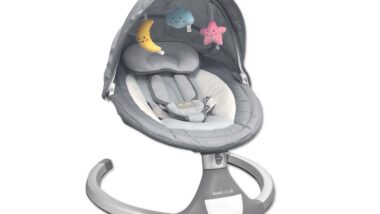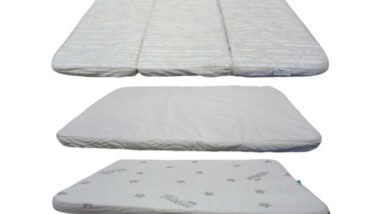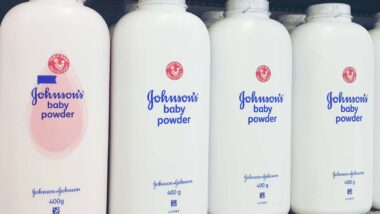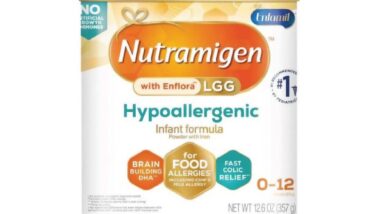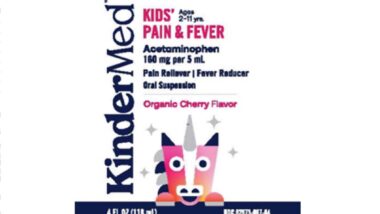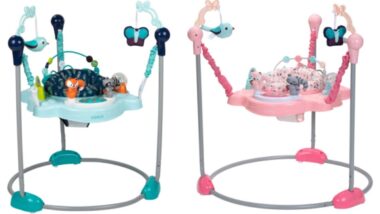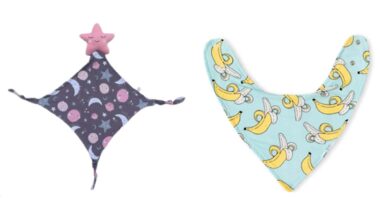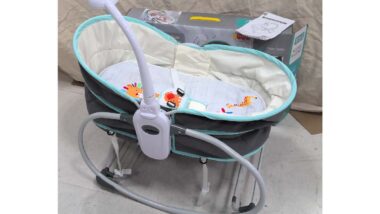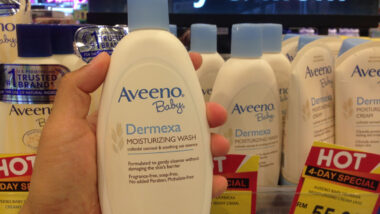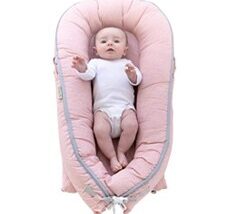Top Class Actions’s website and social media posts use affiliate links. If you make a purchase using such links, we may receive a commission, but it will not result in any additional charges to you. Please review our Affiliate Link Disclosure for more information.
Chemical giant BASF and its former law firm have agreed to settle a class action lawsuit for $72.5 million over claims that, while being sued, it tried to keep secret the fact that some of the company’s products contained asbestos-contaminated talc.
The plaintiffs presented the settlement for approval in court documents filed July 23 in U.S. District Court in New Jersey. According to the terms, anyone who filed a lawsuit against BASF or its predecessor, Englehard Corp., between March 1984 and March 2011 over asbestos-related health problems and whose case was dismissed or dropped will be entitled to a portion of the settlement, Bloomberg reported.
As part of the proposed settlement, BASF and its former legal team, New York-based Cahill, Gordon & Reindel, have denied the allegations and do not admit to any wrongdoing, Reuters said.
A representative for BASF confirmed the settlement and said the asbestos-contaminated talc at the heart of the case was used mostly in “industrial applications such as auto body filler, rather than as a personal-care product like body or baby powder.”
Now it’s up to a judge to review the settlement proposal and decide on approval.
BASF Asbestos-Contaminated Talc Case Background
The newly proposed settlement addresses a 2011 talc lawsuit claiming that BASF/Englehard and its former legal team denied there was evidence that Emtal Talc products contained asbestos in order to settle or have thousands of lawsuits against the manufacturer dismissed.
In court papers, the plaintiffs say they found evidence contradicting BASF and Cahill Gordon’s assertions in 2009.
The original lawsuit was dismissed by a judge, but the case was reinstated when the plaintiffs appealed to a higher court. Years of legal battling followed, much of it over what internal documents the talc manufacturers would be required to turn over.
After four rounds of mediation spanning several years, the two sides agreed to settle the case in early 2019. The following year was spent negotiating the terms.
 Terms of the Proposed Settlement
Terms of the Proposed Settlement
“The settlement recognizes that the plaintiffs and the defendants each face substantial risks and costs in proceeding further with this litigation,” the proposal reads, “and that resolving the case now provides benefits to both sides.”
Under the terms of the agreement, as many as 20,000 plaintiffs who had sued BASF or Englehard will qualify for between $500 and $175,000, depending on the outcome of their cases and severity of their damages.
The settlement is organized into three parts. Part A calls for $6.5 million to be distributed to plaintiffs whose original lawsuits made “good faith credible claims” that they suffered injuries caused by exposure to the Emtal asbestos-contaminated talc. Those payments would be between $500 and $1,000 each, the proposal says, as long as no more than 12,500 plaintiffs qualify. If the number of plaintiffs who meet the conditions is greater, the payments will be reduced to accommodate all.
Part B of the settlement proposal would award any Part A plaintiff who has credible proof they suffered a malignant or non-malignant pulmonary asbestos-related disease, lung cancer, or mesothelioma a share of $59.75 million. Individual awards would be calculated according to the severity of the injury and the number of plaintiffs who qualify, the proposal says.
Part C of the proposed settlement sets aside $6.5 million for an “extraordinary injury fund” that would grant payments of up to $175,000 to plaintiffs with mesothelioma who can prove a BASF/Engelhard lawyer told them there was no asbestos in Emtal Talc.
It is unclear how much BASF and Cahill Gordon would each pay to complete the settlement, Bloomberg reported.
The Asbestos-Contaminated Talc Class Action Lawsuit is Kimberlee Williams et al. v. BASF Catalysts LLC et al.,Case No. 2:11-cv-01754 in the U.S. District Court for the District of New Jersey.
Join a Free Johnson’s Baby Powder Class Action Lawsuit Investigation
If you or your loved one was diagnosed with ovarian cancer and used a baby powder product such as Johnson and Johnson Baby Powder or Shower to Shower, submit your information now in the form on this page for a free and confidential case evaluation.
You may qualify to pursue compensation for your medical bills, pain and suffering, and other damages.
See if you qualify by filling out the free form on this page.
ATTORNEY ADVERTISING
Top Class Actions is a Proud Member of the American Bar Association
LEGAL INFORMATION IS NOT LEGAL ADVICE
Top Class Actions Legal Statement
©2008 – 2024 Top Class Actions® LLC
Various Trademarks held by their respective owners
This website is not intended for viewing or usage by European Union citizens.
Get Help – It’s Free
Join a Free Johnson’s Baby Powder Class Action Lawsuit Investigation
Failing to warn consumers about the danger of baby powder cancer could make companies liable for your injuries. If you used Johnson’s Baby Powder or Shower to Shower body powder and were diagnosed with ovarian cancer or mesothelioma — or your loved one was — you may have a legal claim.
Please Note: If you want to participate in this investigation, it is imperative that you reply to the law firm if they call or email you. Failing to do so may result in you not getting signed up as a client or getting you dropped as a client.
Submit your information now for a free case evaluation!
E-mail any problems with this form to:
Questions@TopClassActions.com.


 Terms of the Proposed Settlement
Terms of the Proposed Settlement
